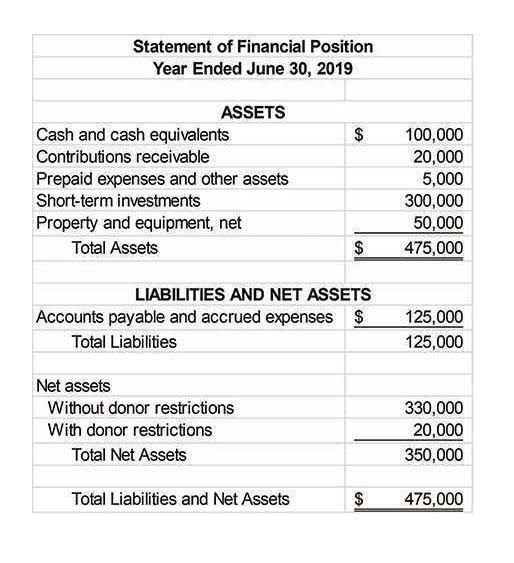What Is Posting In Accounting? Rules, Types Of Ledger Posting

Bookkeepers are commonly responsible for recording journal entries and conducting bank reconciliations. A bookkeeper must be able to shift focus easily and catch tiny, hidden mistakes in a budget or invoice. Bookkeepers often work a few jobs for various clients if they work as consultants. Closing entries are passed https://www.bookstime.com/articles/do-i-need-a-personal-accountant to close the income and expense accounts at the end of the accounting period. Financial statements are prepared at the end of each accounting period to understand the earnings and financial position of the business concern. As businesses grow more complex, the importance of meticulous posting cannot be overstated.
Steps in the Accounting Cycle
The purpose of the accounting cycle is to ensure that businesses have accurate and up-to-date information about their financial performance. The accounting cycle starts with the analysis of the transactions of the business in question. In this step, transactions are analyzed to identify the nature of accounts involved in the transaction. To fully understand the accounting cycle, it’s important to have a solid understanding of the basic accounting principles. You need to know about revenue recognition (when a company can record sales revenue), the matching principle (matching expenses to revenues), and the accrual principle.

Journalizing Transactions
- A compound entry is when there is more than one account listed under the debit and/or credit column of a journal entry (as seen in the following).
- There are two parts in the ledger the debit part and the credit part.
- The ledger posting process moves journal entries to the general ledger.
- You need to know about revenue recognition (when a company can record sales revenue), the matching principle (matching expenses to revenues), and the accrual principle.
- There are critical differences in job growth and salaries between the two.
- At the end of a period, the T-account balances are transferred to the ledger where the data can be used to create accounting reports.
However, bookkeepers will face pressure from automation and technology that will reduce the demand for such workers. Grasping the importance of journals and the different types of bookkeeping systems is key for anyone looking to understand what is journal in accounting. For more practical examples, see our journal entry prompts and journal entry sample sections. In this system, only one account is used for each journal entry, making it a straightforward running total of cash in and out . This process has to be done to every single entry in the general journal.

What is Posting in Accounting: The Role in Financial Record-Keeping
It ensures that every transaction is recorded correctly, providing a reliable basis for financial analysis and decision-making. This is posted to the Cash T-account on the credit side beneath the January 18 transaction. This is placed on the debit side of the Salaries Expense T-account. In the last column of the Cash ledger account is the running balance.
- The general ledger is the primary ledger in accounting, encompassing all the individual accounts that summarize the financial transactions of a business.
- The accounting cycle begins with the journalizing of transactions and ends with the post-closing trial balance.
- With bookkeepers, there are a lot of minutiae involved, and keen attention to detail is paramount.
- While the number of entries might differ, the recording process does not.
- These statements are essential for tracking how well your business is doing and for accurate tax filings.
While the journal is known as Books of Original Entry, what is a posting in accounting the ledger is known as Books of Final Entry.


Leave a Reply
Want to join the discussion?Feel free to contribute!